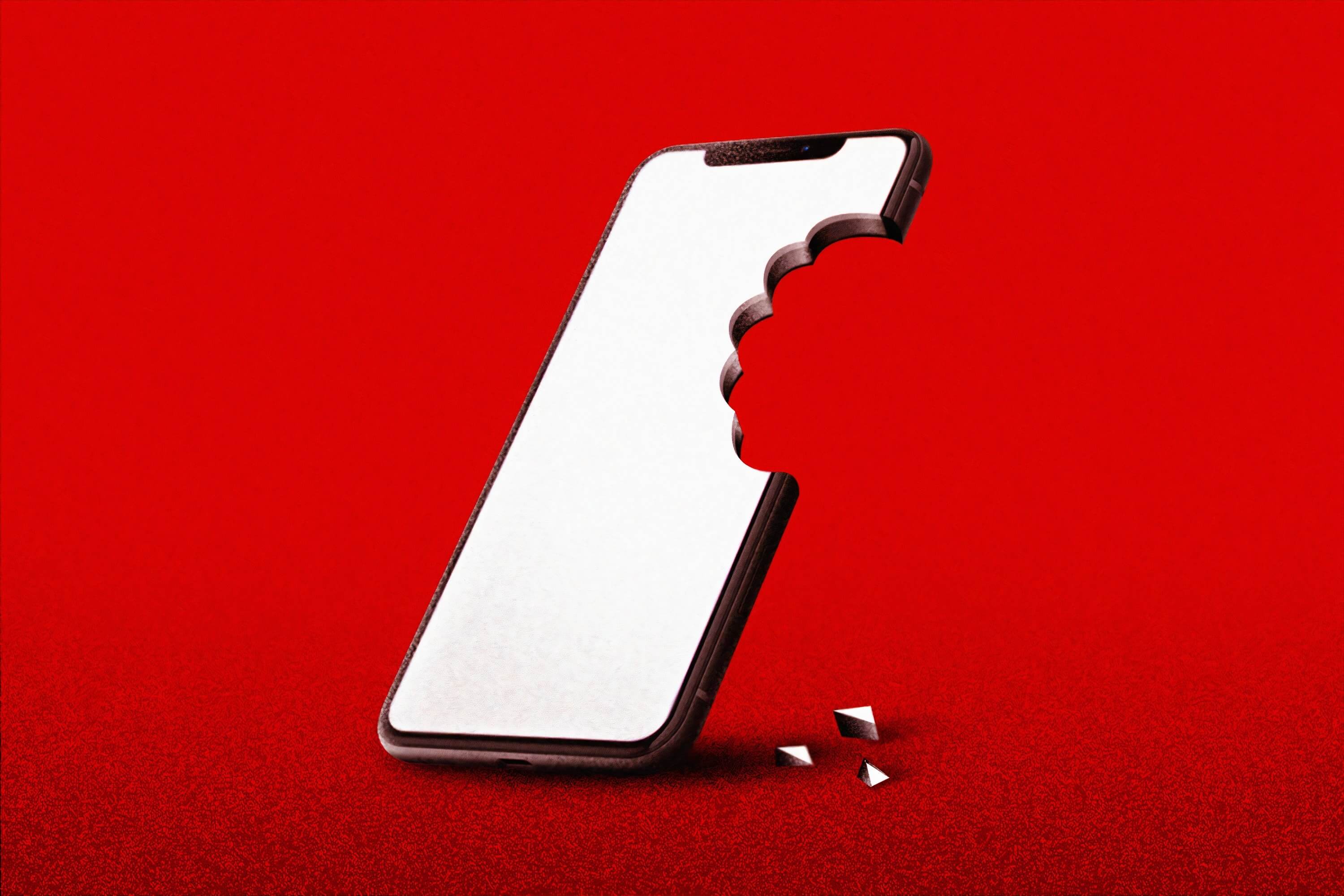Health and Safety qualifications can open many doors across a range of sectors, and provide a career path that is both challenging and enjoyable.
If you’re looking to start a career in health and safety, there are some essential skills that you will need in order get the most out of your role:
Leadership:

Lead with all parties in mind;
good management of health and safety requires leaders that can motivate their team and get everyone working towards the betterment of their organisation as a whole. An indicator of an organisation’s attitude towards health and safety is that of its ‘safety culture’.
Safety culture is the attitudes that members of the organisation have towards the importance of maintaining good standards of health and safety, and a large part of safety culture is fostered by the managers, supervisors and team leaders. A good leader will show that they care about the health and well-being of their team, and will lead by example.
This also means ensuring that your goals and the organisation’s goals will benefit everybody. This can mean implementing changes on an organisational level, such as organising awareness level health and safety training for all members of staff.
A good leader also involves workers in the processes that will affect them. You need to be able to take the time to understand the roles and processes that individuals will be fulfilling each day, before you are able to make properly suited decisions when it comes to the management of health and safety.
Communication:

Communicate clearly:
As a health and safety manager, or someone with health and safety responsibilities, you will need to tailor your communication effectively to the audience that you’re trying to communicate with. For example, a senior leader within the business may want information to be concise, quick and to the point, whereas a worker or team leader may want to know exactly how they are expected to operate under new changes to ensure that they are working safely.
Maintain Composure: No matter how many qualifications or letters you have behind your name, there will always be someone that disagrees with you. To work as a health and safety officer can sometimes mean maintaining your composure and sticking to your guns.
Not everybody wants to work safely, and not everyone understands the possible consequences of their actions and how their actions can impact other people. People can get defensive if you tell them that they’re not working safely or properly following processes, and may take it as a criticism, even if it is not intended to be one. The best thing to do is to work with people. You might learn that it’s not possible to follow your airtight health and safety measures in certain areas of a site, or for certain processes, and it is always worth getting a second opinion from those involved in the work.
Planning:

Set SMART goals;
You may have heard of SMART goals before, and that’s because they’re smart.
A great example of poor goal setting is a New Year’s resolution – far too frequently people set goals that are too vague to be realistic, such as “I want to lose weight before the end of the year”.
To make a goal achievable you should set it with SMART in mind.
Specific – Your goals are set out and you have an objective identified
Measurable – You should be able to track your progress towards your goal, with a tangible result at the end of it.
Achievable – It’s something that is within your scope of responsibilities and power.
Relevant/Realistic – The goal is relevant to what you do and can be completed by you and your team.
Time bound – You have set yourself a time frame in which to complete the action.
Referring back to the example of losing weight, a SMART goal would be ‘I want to lose 3 kilos by the 31st of March’. When the 31st of March comes along, you can then see if you have hit your goal or measure how far you are from completing it. Who doesn’t like completing their New Year’s Resolution in 3 months?
Be structured in your work:
In health and safety management, it helps to be structured. This is not only for your own benefit, but is a great way of working if you are expected to provide any information to other parties. This can be within your organisation (such as your manager, worker representatives, or any kind of governance structure), or in the event of an incident you may be required by the HSE, police or other regulation bodies to provide evidence of what you have been doing to ensure safety.
In this respect, it may mean that one of the skills you would have to develop to excel in a health and safety career is completing paperwork efficiently!
Research:

Be prepared to research:
Research is an essential part of health and safety, and if you don’t know the answer to any particular health and safety related question there’s a lot of free resources available on the web.
In the UK our laws and regulations are available to read online for free, and we have the added bonus of the Health and Safety Executive (HSE) to provide guidance on all manner of health and safety subjects, such as how to get started with managing risks and risk assessment at work.
Stay up to date:
If you’re a member of the Institution of Occupational Safety and health (IOSH), you will be familiar with the need to consistently update your Continued Professional Development (CPD).
It helps to be active and up to date on the happenings in the health and safety industry in order to ensure that you’re providing the best advice available at the time. Don’t forget that at one point guards, hard hats and all of the control measures that we often take for granted were once brand new, and as technology advances, so does what we can do to keep people safe.
Stay connected:
Membership organisations such as IOSH provide free advice, information, information, webinars, seminars, and more for members and non-members alike.
If you would like to read more articles like this, please feel free to stay connected to ACT on social media:


